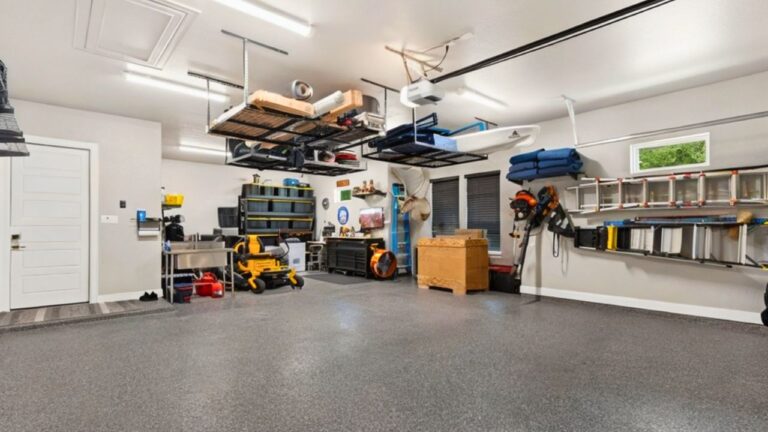8 Quick Fixes That Lead to Bigger Leaks Later
Some “fixes” do more q lot mroe harm than good. You think you’ve handled it, but a few weeks later, that same leak is back—and worse. Most of the time, it’s not because you didn’t care. It’s because the quick fix felt easier in the moment.
I’ve been there. But when it comes to water, shortcuts can cost you a lot more down the line. Here’s what to look out for so you don’t trade a $10 fix for a $1,000 repair.
Slapping Duct Tape on a Pipe
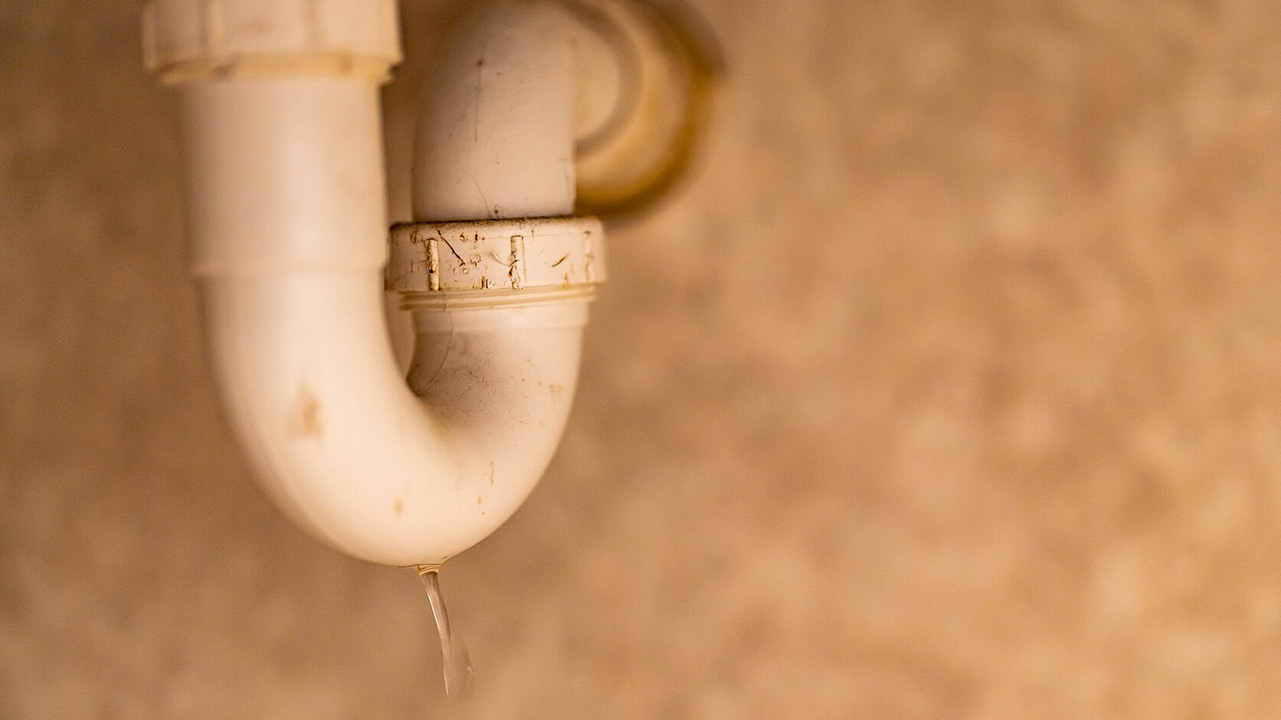
If you’re using duct tape to stop a leak, you’re not fixing it—you’re covering it up. That tape holds moisture in and can actually speed up rust or pipe damage over time.
Instead of reaching for the tape, shut off the water and take a proper look. You might need a new fitting, a seal, or even just a quick part swap. Duct tape’s fine for holding stuff together, but it doesn’t belong on your plumbing.
Cranking a Fitting Too Tight

More pressure doesn’t mean better results. Over-tightening compression fittings can mess up the threads or warp the pipe, which means that drip you were trying to stop will come back worse.
If it’s snug and dry, leave it alone. If it’s leaking, the answer isn’t more force—it’s probably a worn-out ferrule or a pipe that needs cutting. Don’t muscle it. Fix it right.
Letting a Faucet Keep Dripping
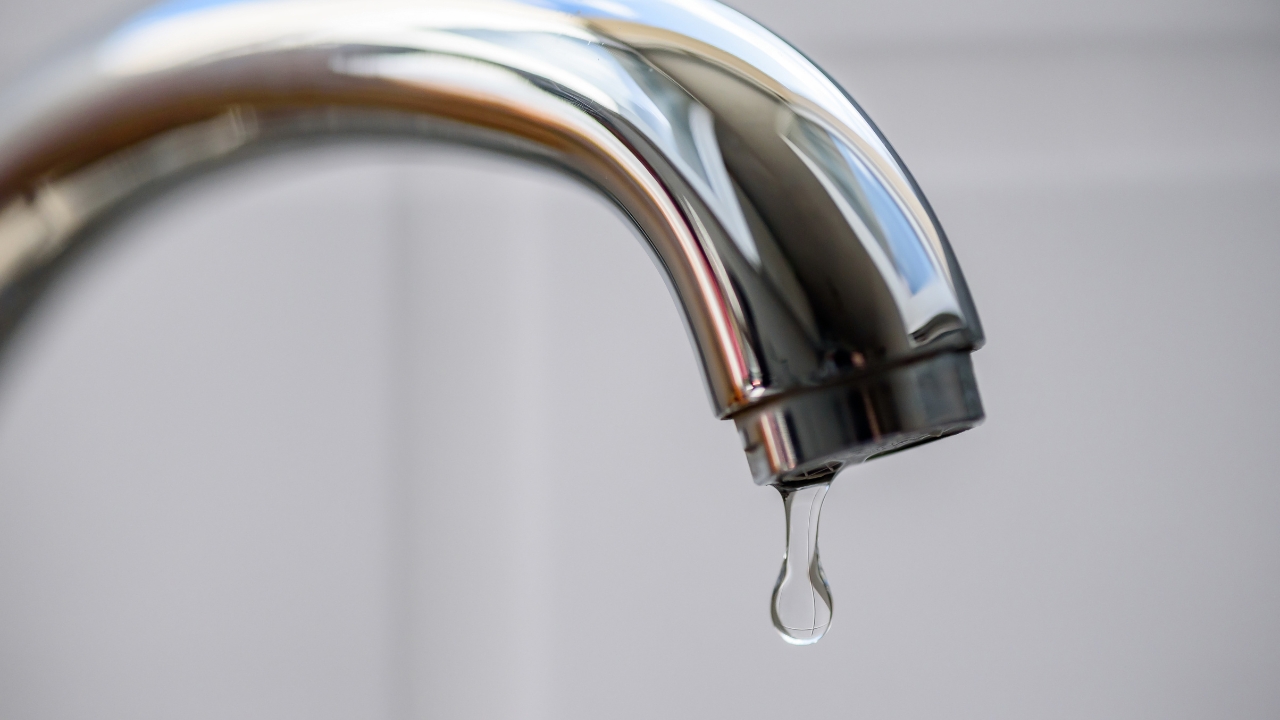
That slow drip might not seem like a big deal—but it’s costing you water, and eventually, it’ll wear out the parts inside completely. What started as an easy washer swap turns into a full faucet replacement.
Take care of it early. A $3 washer is a lot cheaper than water damage under the sink or a corroded valve you can’t shut off anymore.
Caulking Over Grime

If you lay new caulk over old, moldy gunk or don’t let it dry first, it’s going to peel up fast—and water’s gonna find its way in behind it.
Always clean the area, scrape off the old caulk, and make sure it’s dry before resealing. It takes a little longer, but it saves you from water damage and rot later.
Using the Wrong Sealant

Not all sealants do the same job. Plumber’s putty is great for certain drains, but it won’t hold up under pressure or constant moisture. If something flexes or moves, you need silicone.
Check the label. When in doubt, go with silicone for watertight, flexible seals—especially around sinks, tubs, or toilets. Putty breaks down faster than you think.
Reusing Old Rubber Washers
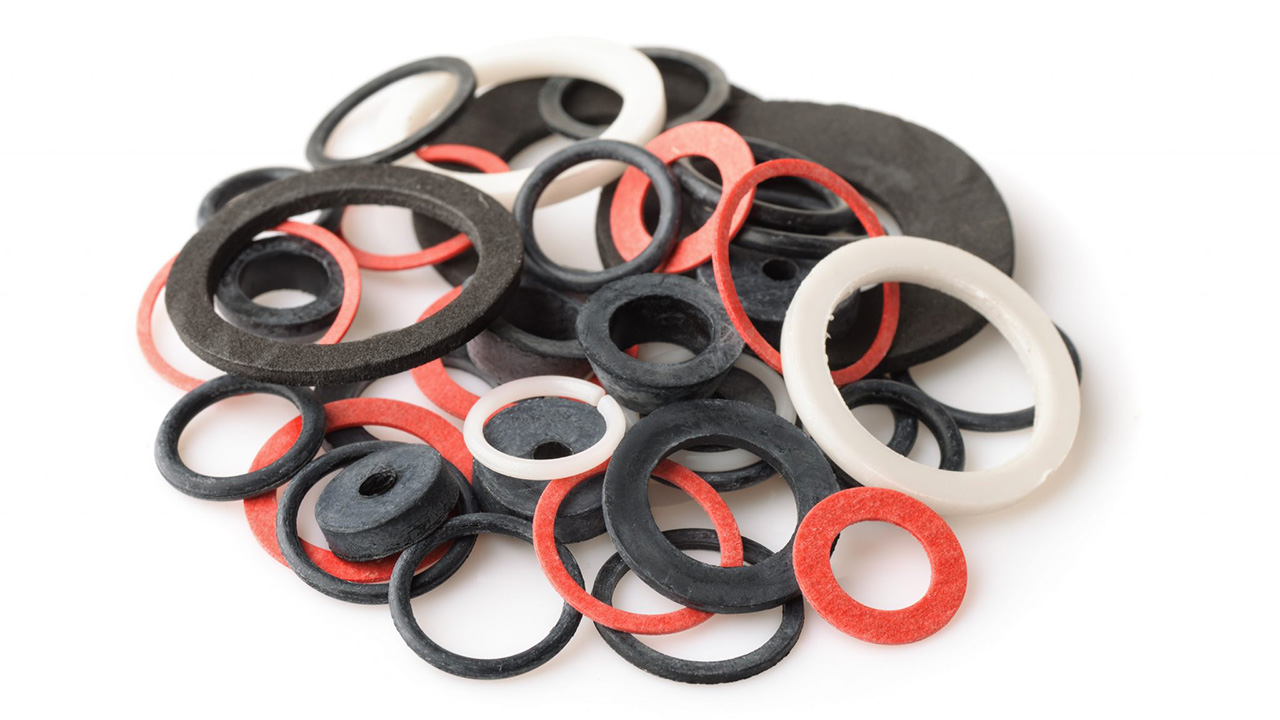
They might look fine, but old washers and O-rings dry out, crack, and lose their shape. If you’re already in there doing a repair, don’t reuse the worn-out parts.
Get a fresh set. They’re cheap and make a huge difference in whether that leak stays gone. If you skip this step, you’ll likely be back under the sink next week.
Spraying the Roof with Sealant

Those spray-on roof patches might buy you some time, but they don’t last. Sun, heat, and rain will wear that patch down fast—and water will sneak right back in.
If the roof is leaking, find the source and fix it the right way. That means shingles, flashing, or maybe even underlayment—not a temporary spray that washes away.
Painting Over a Wall Leak
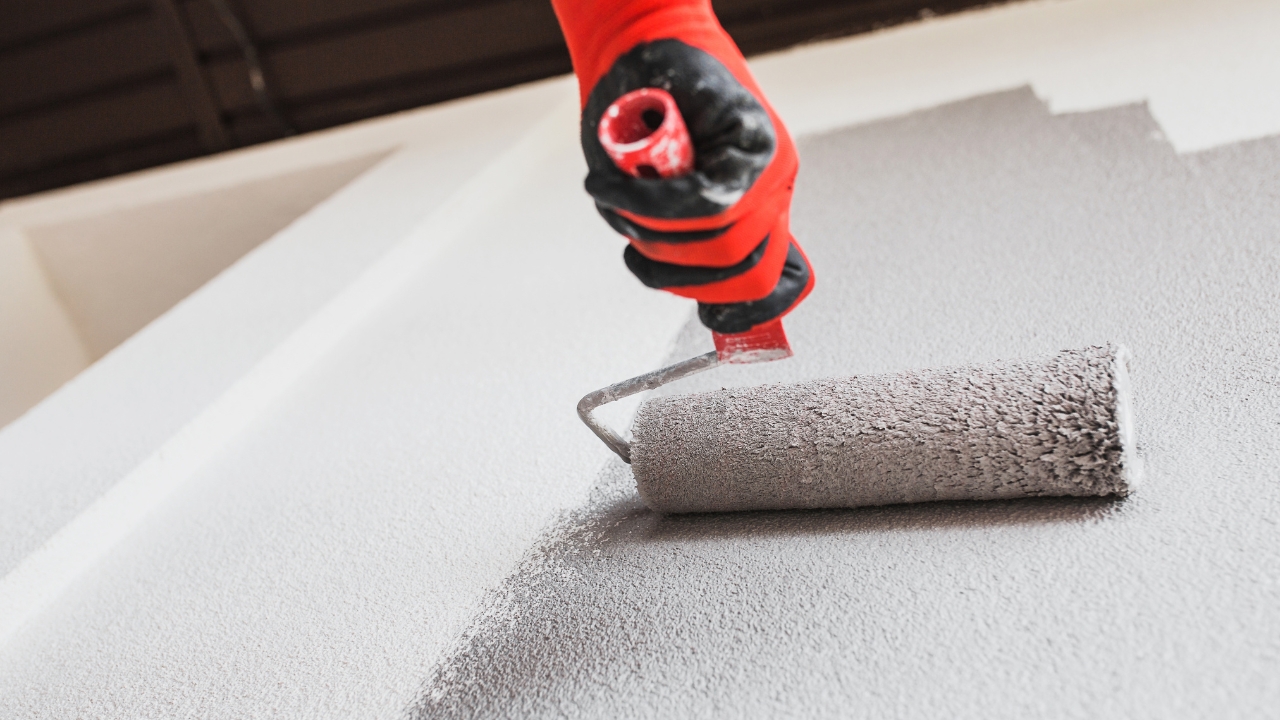
If you’ve got water stains or bubbling paint, you’ve got a problem behind the wall. A fresh coat of paint might hide it, but it won’t fix the issue.
Before you patch or paint, find the source. Leaks like that often mean trouble behind the scenes—mold, rot, or a busted pipe. Fix it now, before it becomes a bigger mess.
*This article was developed with AI-powered tools and has been carefully reviewed by our editors.






